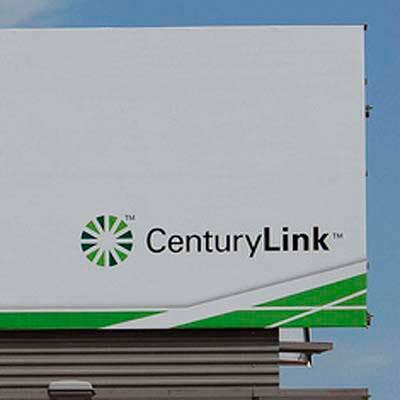CenturyLink Channel Changes Resonate As Two Programs Become One

Nearly a year after combining with fellow telecom giant Level 3 Communications, the new CenturyLink has struck a balanced channel program that combines the best parts of the two carrier's legacy programs.
CenturyLink said last year that the newly enlarged company would generate about 75 percent of its core revenue from business customers. That prediction proved correct, with 74 percent of revenue in Q2 2018 derived from business services. That message is resonating well with the channel, which is contributing to that enterprise business revenue stream, CenturyLink's channel leaders told CRN.
"[CenturyLink] and legacy Level Three has been growing with double-digital revenue growth in the enterprise space, and that’s really what we want to continue to contribute," said Lisa Miller, CenturyLink's president of wholesale and indirect channels and alliances. “We are pleased with where we are today and how the indirect channel is responding to the new company."
[Related: CenturyLink Enterprise IT, Managed Services Are Bringing The Former CLEC Into The Future]
In preparation for closing its acquisition of Level 3, Monroe, Louisiana-based CenturyLink revealed it would be keeping both company's channel chiefs on to lead the soon-to-be-combined partner program. Last September, John DeLozier, CenturyLink's then-vice president of the Channel Alliance program, told CRN he would be splitting the role of channel chief with Level 3's vice president of indirect sales, Garrett Gee.
DeLozier would focus on the company's master agent relationships, while Gee was tasked with execution in the field, including sales within CenturyLink's territories. Both executives reported to Miller, who previously served as Level 3's senior vice president of wholesale and alternate channels.
Today, Gee is CenturyLink's solo channel chief under Miller. Gee is running several channel teams, and has a "strong bench" of channel leaders are responsible for the provider's strategic partner accounts, including the largest master agents, as well as the tactical teams, Miller explained.
"The [channel] strategy really isn't changing with the organizational shift," Gee said. "Our focus is still on having local support so we can have channel managers and support engineers close to our sellers."
While the "best of breed" program, which includes popular pieces of both CenturyLink's and Level 3's channel programs, won't look entirely different to partners, the combined carrier wants to make sure that its partners know they are valued. Gee said that his channel team is actively working to bolster the support organizations to strengthen partner advocacy and functions such as contract renewals.
Sales engineering support is another area in which CenturyLink is investing heavily, Miller added.
Perhaps most importantly, CenturyLink didn't want to stifle channel growth during its integration phase. As such, partners have been using the same portal they had been working with before the acquisition. Now, the company is introducing a new, all-in-one portal for partners.
"We wanted to be thoughtful about the decisions we were making about products and services, and the ways in which partners would interact with us," Gee said. "We've collapsed our portal environment. While some of the information is still disparate, we are now presenting in a single, cohesive environment for them and overtime we will collapse those items and give [partners] one single interface to interact with us."
While legacy CenturyLink and Level 3 had many mutual partners, making it easy to interact and work with the new CenturyLink has been one of the first priorities for the indirect channel team, from order entry, to receiving commissions, Miller said.
The channel team for the newly-combined company not only grew in size as former CenturyLink and Level 3 channel managers came together, but the company has also boosted headcount by strategically adding new managers where more resources were needed.
"The scale of our staff is far superior than where we were previously," Gee said. "The [number of] partners our managers are caring for now are smaller, so we believe they can provide a higher level of service at this point."
More resources are necessary, because CenturyLink's hybrid IT product portfolio, which includes SD-WAN, cloud, security, and managed services are highly sought-after as legacy telecom partners make the transition to trusted solution provider. CenturyLink is weighing the feedback from partners heavily and is investing in these emerging technology areas.
"We have our product team getting intel directly from our partners, and so they are really influencing the angle we are taking as we try to enhance our products, services and capabilities," Miller said. "As we continue to focus on 75 percent of our business on the enterprise customer, [partners] are a loud voice within the company."